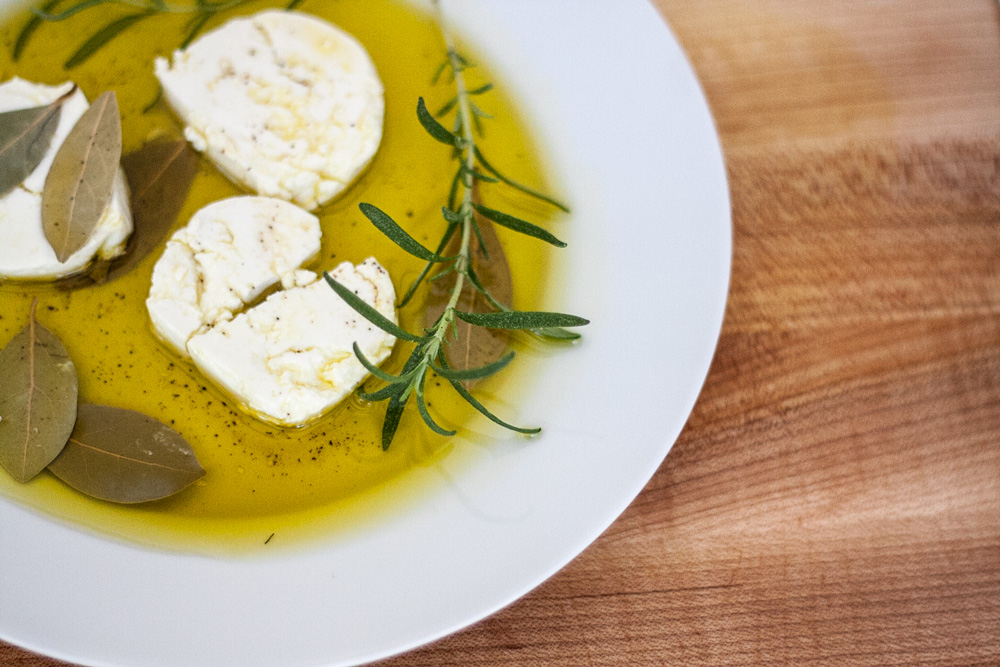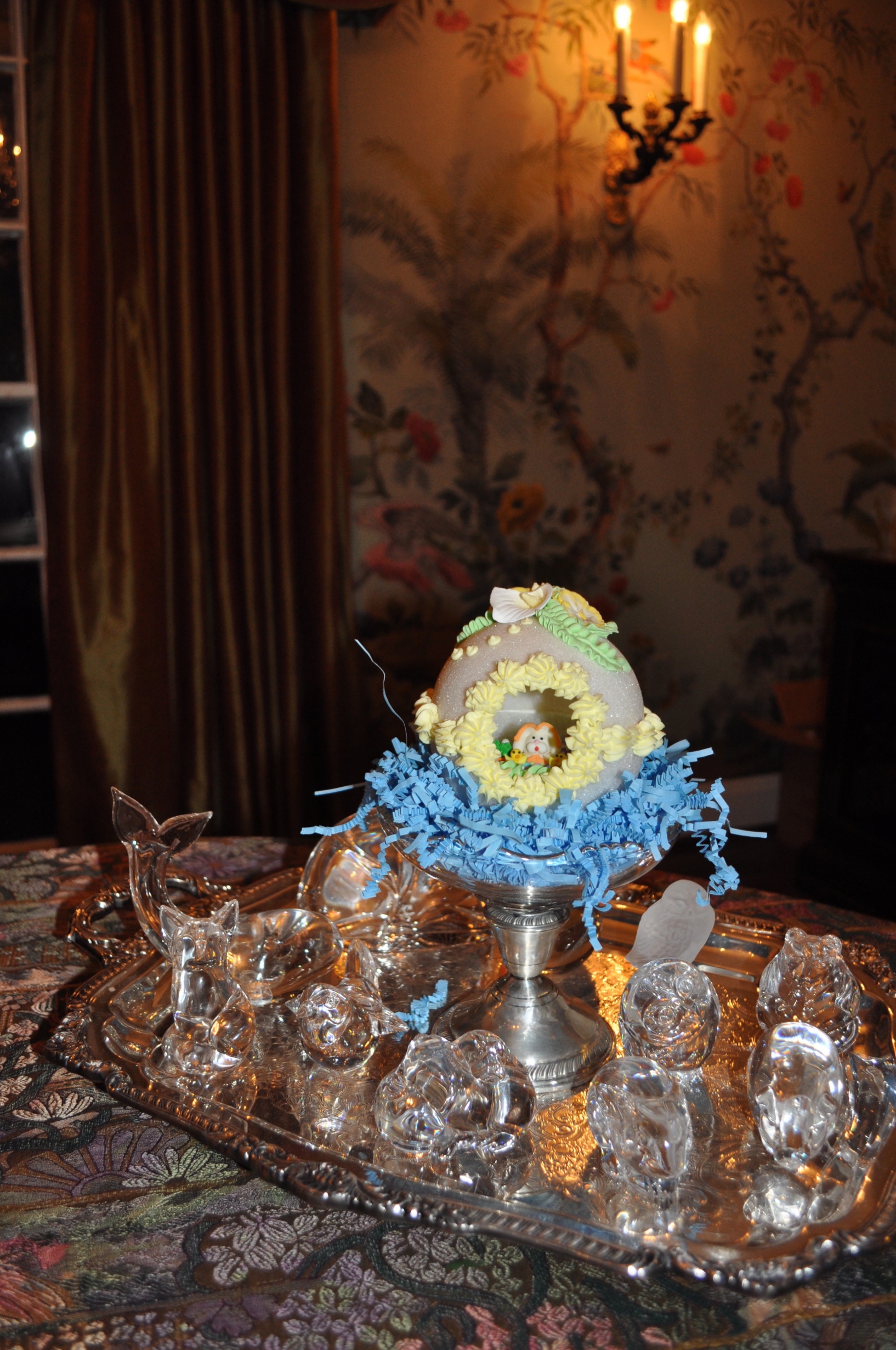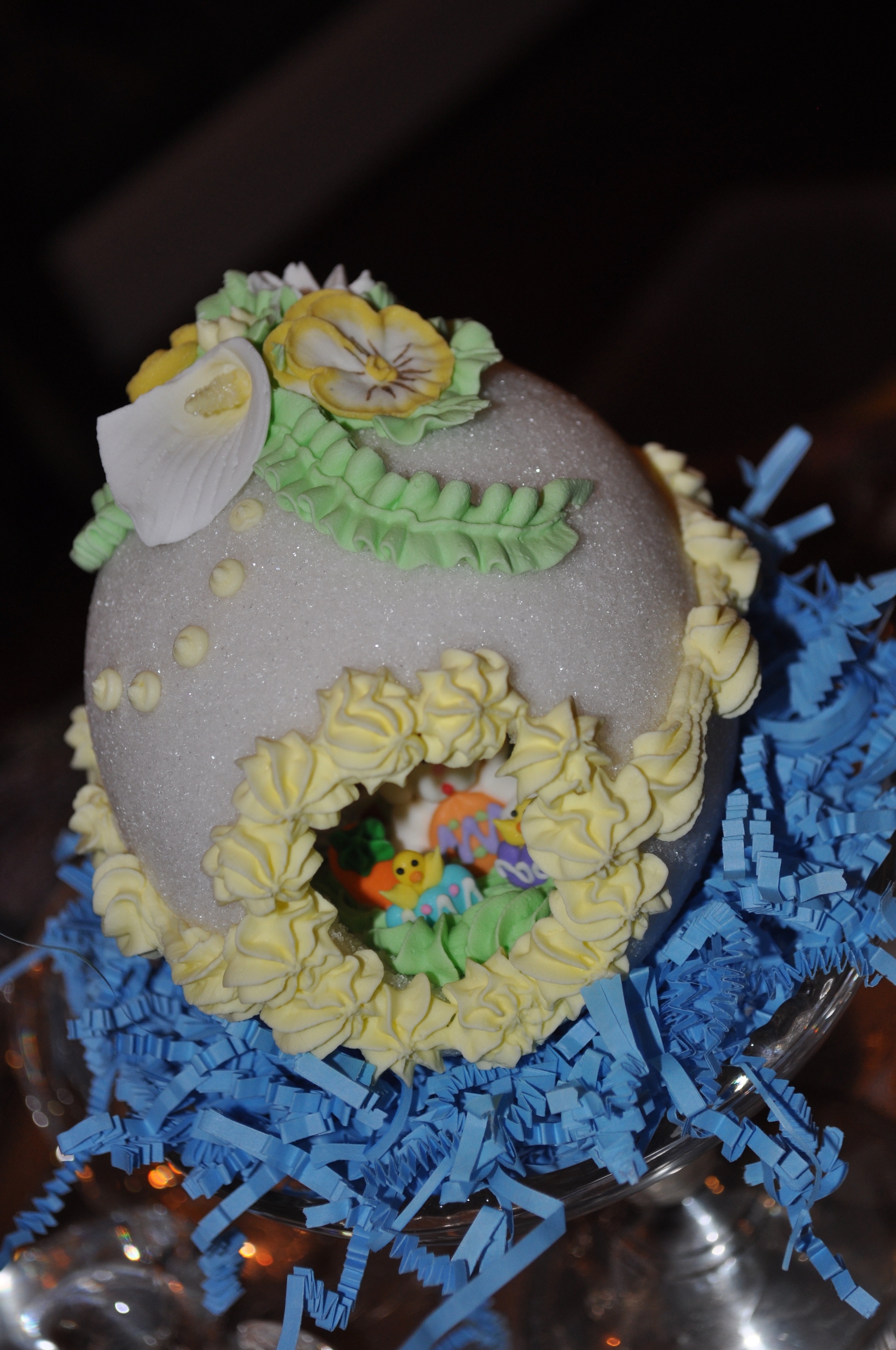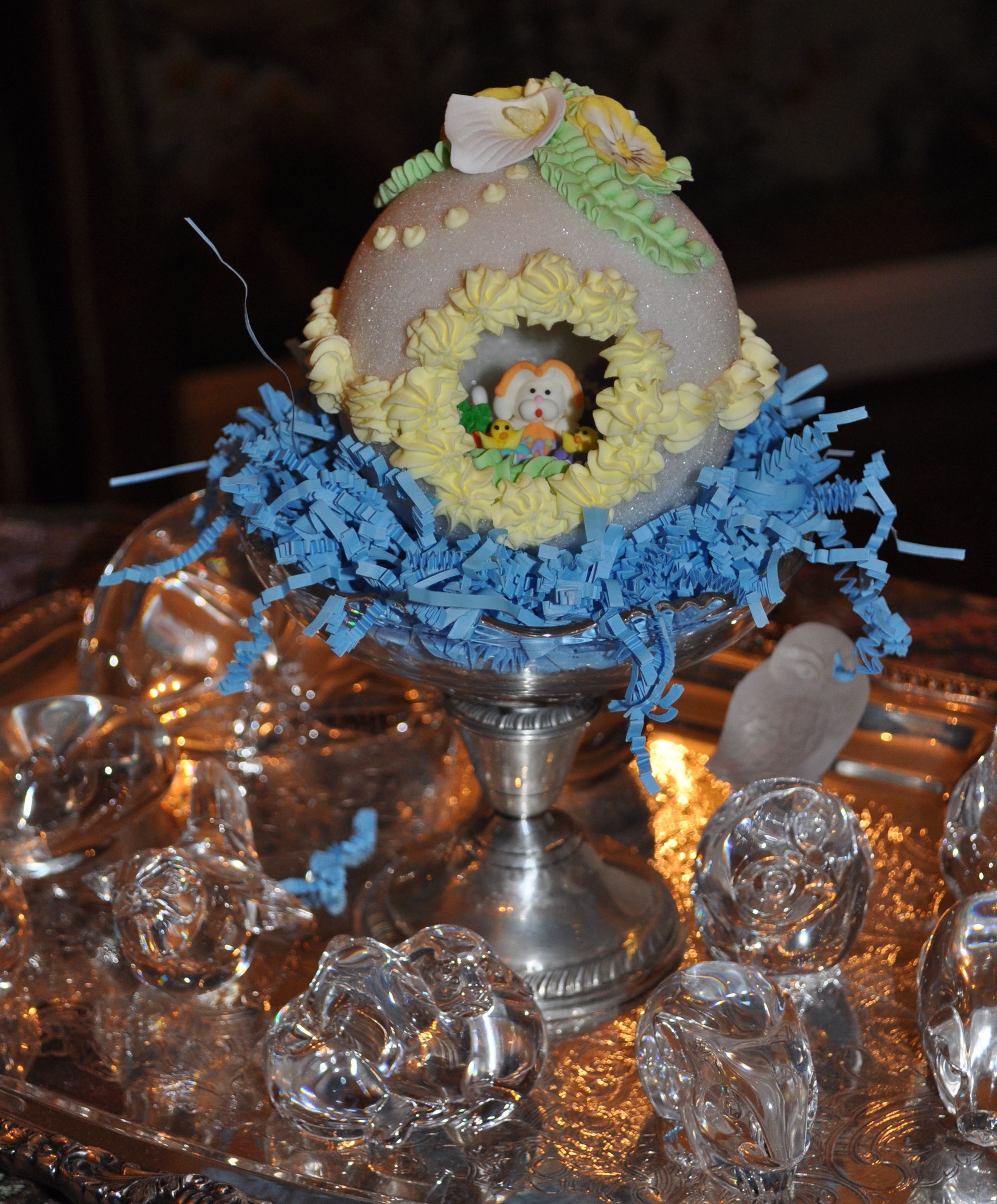In preparation for our "Meet the Beekman Boys on Broadway" event Sunday, April 24 at 1pm at our Saratoga, New York store on historic Broadway, we're going all out for Beekman. Between now and this can't-miss food sampling, book signing, meeting and greeting event, we'll be whipping up and sharing with you our favorite recipes using Beekman 1802 products.
Arkansas strawberries are ripening early this year, and are already showing up at local markets and farmers markets. This fresh recipe combines the sweetness of spring's ripe strawberries with smooth, sour creme fraiche and a tart balsamic drizzle from Beekman 1802. This is a very easy brunch side treat or a dessert you can make in a snap while your guests enjoy conversation around the table and await your quick return.
Arkansas Strawberries with Creme Fraiche and Beekman 1802 Drizzle
- Fresh, ripe strawberries
- Small container of creme fraiche
- Beekman 1802 Balsamic, Fig & Elderberry Blaak Drizzle
- Fresh mint for garnish
DIRECTIONS
Rinse strawberries well just prior to serving. Cut tops. Arrange in desired serving bowls. Top with healthy tablespoon-sized dollops of creme fraiche. Use tablespoon to distribute desired amounts of Beekman 1802 Drizzle over creme fraiche and strawberries. Serve immediately. Enjoy!
A thank you to my sweet neighbor Susan Boe, who lent her azaleas, darling English birdies, and other props for this shoot. Susan uses vintage linens and pieces to sew lovely pillows like this one, made from a vintage purse. Thanks for all your help, Susan!


















